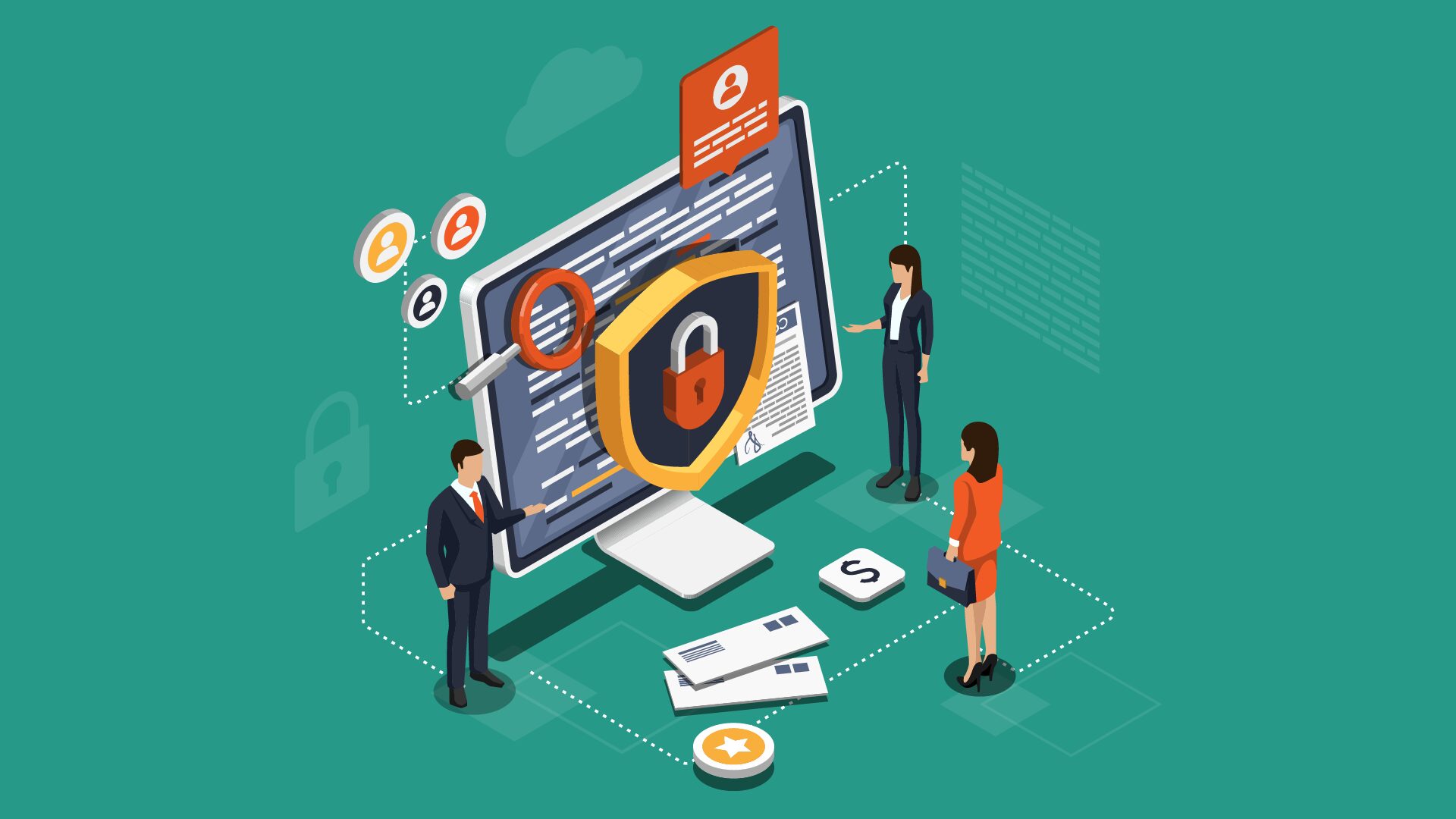BEC—one of today’s most ubiquitous and expensive cyber threats Business Email Compromise (BEC) is one of the most common, and costly cyber threats that organizations face today. This is a form of cyberattack in which business email systems are used to deceive employees in transferring money or sensitive information. As organizations continue to rely on email, the threat of BEC continues to increase so organizations cannot under-estimate the importance of a plan on how to deal with it.
When they do occur, a response plan can help manage the fallout and minimize the damage, protect the firm’s brand and avoid future incidents. In this post we’ll be discussing building an effective response plan for BEC, concentrating on what you can do to prevent and adequately respond to BEC and ways to think about preventing these going forward.
Introduction to Business Email Compromise (BEC)
But before we get to how to address BEC, we need to first understand what it is. Business Email Compromise is an advanced form of email fraud that attempts to use social engineering to influence technology center employees. The ultimate aim is usually of a monetary nature, as attackers have been found to pose as members of senior management, supply chain partners or staff in a bid to scam the victim into transferring money, sharing sensitive information or enabling criminal action.
BEC schemes typically fall into one of a few groups, such as CEO fraud, invoice manipulation, or spear-phishing, offering a level of sophistication and targeting that make them particularly difficult for their targets to catch. Whilst classic phishing emails are so wide-reaching they could be sent to anybody in an attempt to get them to bite, BEC is uniquely crafted to trick certain individuals within a company.
The Need for a Response Scenario
It is also key to have a comprehensive incident response plan in place for BEC cases. Recent estimates put the losses caused by BEC attacks in the billions of dollars in recent years and the fallout can be more than just financial. Victims frequently experience damage to their professional reputation, legal liabilities, and customer confidence erosion.
The effectiveness and quickness of a response can be the determining factor in minimising the effect of an attack of this kind.” So it’s imperative that you build an action plan that covers the essentials (i.e. communication, investigation, containment, and recovery).
Key Components of an Effective Response Plan
A comprehensive response plan for Business Email Compromise (BEC) should encompass several key components, each designed to address specific aspects of the attack. Below are the most critical steps involved in creating an effective strategy.
1. Immediate Detection and Reporting
The first step in responding to a Business Email Compromise is quickly detecting the incident. BEC attacks often rely on employees not recognizing the signs of a fraudulent email. Therefore, the response plan must include protocols for detecting suspicious activities, such as unexpected requests for wire transfers or sudden changes in email behavior from trusted contacts.
Employees should be trained to identify phishing attempts or unusual communications. Implementing email filtering systems that detect anomalous email signatures, domain name discrepancies, or unusual attachment files can significantly reduce the chances of successful attacks. Additionally, it’s essential to establish clear reporting lines, so that employees know how to report suspicious emails promptly.
Once an employee reports a potential BEC, it’s critical to act swiftly to prevent further damage. This includes disconnecting affected accounts, blocking suspicious email addresses, and notifying relevant stakeholders.
2. Containment and Damage Control
The next phase of the response plan is containment. After detecting a Business Email Compromise, the immediate goal is to limit the damage and prevent the attackers from exploiting additional vulnerabilities. This involves isolating the compromised email accounts and systems, changing login credentials, and ensuring no further fraudulent communications are sent.
BEC attacks often involve the attacker gaining control over an executive’s email account or a financial employee’s inbox. By identifying which accounts are compromised, your team can work to prevent the cybercriminals from continuing to deceive others. Depending on the severity of the incident, this may also involve temporarily shutting down access to all email accounts or systems until the threat is mitigated.
Damage control also includes notifying internal teams, customers, and any third-party organizations involved in the compromised communications. Transparency in this stage is key to maintaining trust.
3. Investigation and Forensic Analysis
Once the breach has been contained, the next step is to conduct a thorough investigation. A forensic analysis can help determine how the BEC attack occurred, what vulnerabilities were exploited, and whether any data was exfiltrated.
It is essential to document everything during this phase for future reference, including emails sent, system logs, and communication history. The findings of the investigation will help the organization understand the scope of the attack and inform the steps needed to prevent future incidents.
BEC attackers typically gather intelligence over weeks or months before launching their attacks. During the investigation, you should analyze email patterns, review the sender’s domain name and IP address, and identify any signs of social engineering.
In some cases, you may need to work with third-party cybersecurity experts, such as digital forensics firms or law enforcement, to assist in tracking the attacker and assessing any wider implications for the organization.
4. Communication with Affected Parties
After a Business Email Compromise, communication plays a critical role in both damage control and long-term recovery. Affected parties, including employees, clients, vendors, and possibly law enforcement, must be promptly informed of the breach and what steps are being taken to address it.
Internal communication is essential to reassure employees and maintain morale. Additionally, the company may need to inform customers and other stakeholders about the breach, particularly if sensitive data or financial transactions were impacted. Public communication should be handled carefully to avoid further reputational damage, ensuring that the company is perceived as acting responsibly and transparently.
It is important to emphasize in your communication that the organization is taking immediate action to prevent further incidents and that additional security measures are being implemented to protect all stakeholders moving forward.
5. Recovery and Reinforcement
Once the immediate aftermath has been addressed, recovery can begin. This phase involves not just restoring normal business operations but also reinforcing the organization’s security posture to prevent similar incidents in the future. Key recovery actions include:
- Restoring systems: Systems, data, and email servers must be cleaned of any malware or unauthorized access points before they can be fully restored.
- Reviewing and updating security protocols: Reassess security policies, and implement multi-factor authentication (MFA) across email accounts and sensitive systems.
- Training employees: Since BEC attacks often target employees, offering continuous cybersecurity training can prevent future breaches. Employees should be well-versed in spotting suspicious emails and understand the correct procedures for verifying requests.
After recovery, conducting a post-incident review is essential to identify any gaps in your response plan. Continuous monitoring is also recommended to ensure that no residual vulnerabilities remain in the system.
Long-Term Prevention and Risk Mitigation
While quick responses are essential, long-term prevention is the ultimate goal in safeguarding against Business Email Compromise. Prevention strategies should be incorporated into the organization’s cybersecurity framework and risk management practices.
Implement Technical Safeguards
In addition to employee training, organizations should implement technical measures to make it harder for attackers to compromise email systems. This can include:
- Domain-based Message Authentication, Reporting & Conformance (DMARC): DMARC helps prevent email spoofing by ensuring that only authorized users can send emails from a specific domain.
- Anti-phishing tools: Advanced anti-phishing solutions can flag suspicious emails and reduce the likelihood of BEC attacks reaching inboxes.
- Email encryption: Encrypting sensitive emails can prevent attackers from easily intercepting or reading communications.
Foster a Culture of Security
Developing a culture of security across the organization is also a key preventative measure. Security should not be seen as solely the responsibility of the IT department. Everyone in the organization, from the C-suite down to entry-level employees, should be aware of the risks and know how to protect themselves and their company. This can be achieved through regular training, clear communication on security policies, and consistent reinforcement of security best practices.
Regular Audits and Drills
Finally, regular security audits and incident response drills are essential for ensuring that your team is ready to handle a Business Email Compromise if it occurs. Periodically testing your response plan, conducting simulated cyberattack exercises, and updating your procedures based on the latest threats will ensure that your organization remains resilient to evolving BEC tactics.
Conclusion
Business Email Compromise (BEC) continues to be a major threat to organizations worldwide. Developing an effective response plan is essential to minimize the impact of such attacks. By focusing on rapid detection, containment, investigation, communication, and recovery, businesses can quickly address the consequences of BEC incidents. Long-term prevention strategies, such as technical safeguards, employee training, and regular audits, are equally important in reducing the risk of future breaches.
An effective BEC response plan not only helps protect a business’s assets but also fosters a culture of cybersecurity awareness that strengthens the overall security posture of the organization. Being proactive in the face of a growing threat can make the difference between a minor inconvenience and a major financial and reputational disaster.
Read More From Techbullion



































